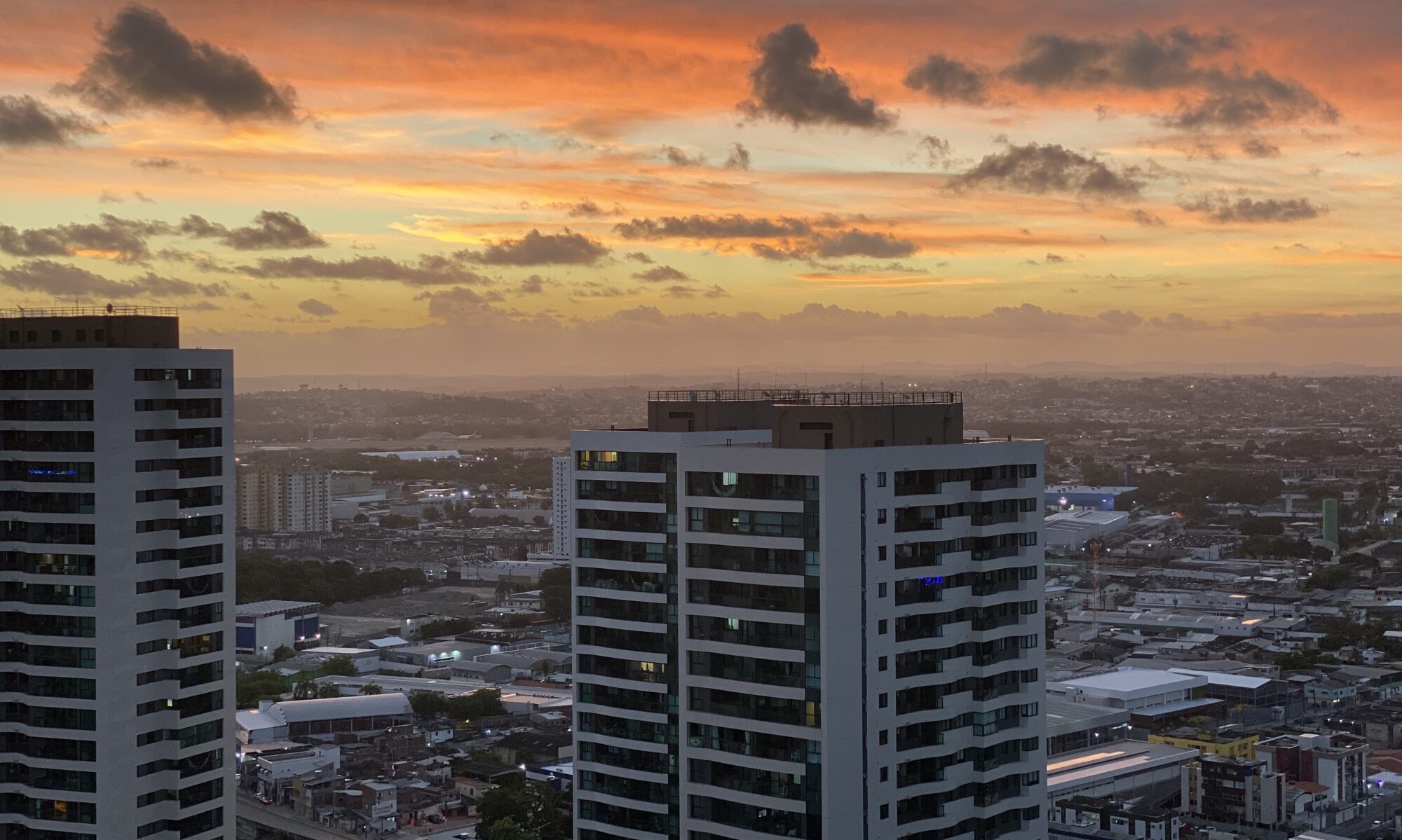Three hundred and sixty five days of sunshine and an average annual temperature of 26º C make Rio Grande do Norte a highly privileged state. This is not only on account of its natural features such as beautiful beaches and dunes along its 400 kilometre coastline, but also because its air is the purest in the whole of Latin America, according to reports by NASA and the National Space Research Institute (INPE) from investigations completed in 1992.
Despite its many attractions, tourism only really developed in Rio Grande do Norte during the 1980s, with the construction in the state capital, Natal, of the Via Costeira, an eight kilometre avenue running along the coast where the city’s main hotels and restaurants are situated. Since then the Government has been investing in the tourist industry, improving the infrastructure and conserving the natural heritage. One of the main steps was the establishing of the Dunes State Park for the preservation of the series of sand dunes that surround the capital. Natal is the gateway to the state’s beaches, many of which are semi wild, such as Pipa and Pirangi, whilst others, such as Genipabu, are more commercialized.

The region was cleared by the French between 1535 and 1598 and it was not long before the Portuguese and Dutch began to dispute ownership of the area. As a result, settlement was slow and only really started in 1633 when the territory came under the control of the Dutch who started to develop the production of salt, sugar-cane and beef cattle. Thanks to this, the state now accounts for 87% of the total production of Brazil’s sea salt, with an installed capacity of around 5 million tons, only 42% of the production potential, calculated as being 12 million tons.
In Rio Grande do Norte, oil production is also important. Extracting a daily average of 100,000 barrels, the state is in second place nationally in terms of marine extraction, losing only to the town of Campos in Rio de Janeiro. The majority of oil wells and the largest salt-pans are situated in the state’s second largest city, Mossoró, about 80 kilometres from Natal.
Mossoró is also the capital of the irrigated fruit-growing industry, supplying more than 70% of the national market for melons. The state is also nationally famous for its plantations of other tropical fruits such as mango and cashew.
It was a cashew tree that enabled the state to feature in the Guinness Book of Records. The 92 year-old tree is to be found on the beach at Pirangi do Norte, 24 kilometres from Natal, and is the world’s largest cashew tree with a circumference of 500 metres, occupying an area of 7,300 m2. Its branches are equivalent to 70 cashew trees yet it is just one single tree.
Pirangi do Norte is situated in Parnamirim, a city on which artisan lace production is centred. With great patience and speed, the lace-makers interweave fine cotton threads to produce tablecloths, bedspreads and clothing. As well as this, the visitor to Parnamirim cannot miss the Barreira do Inferno, the first rocket-launching base in Latin America.

